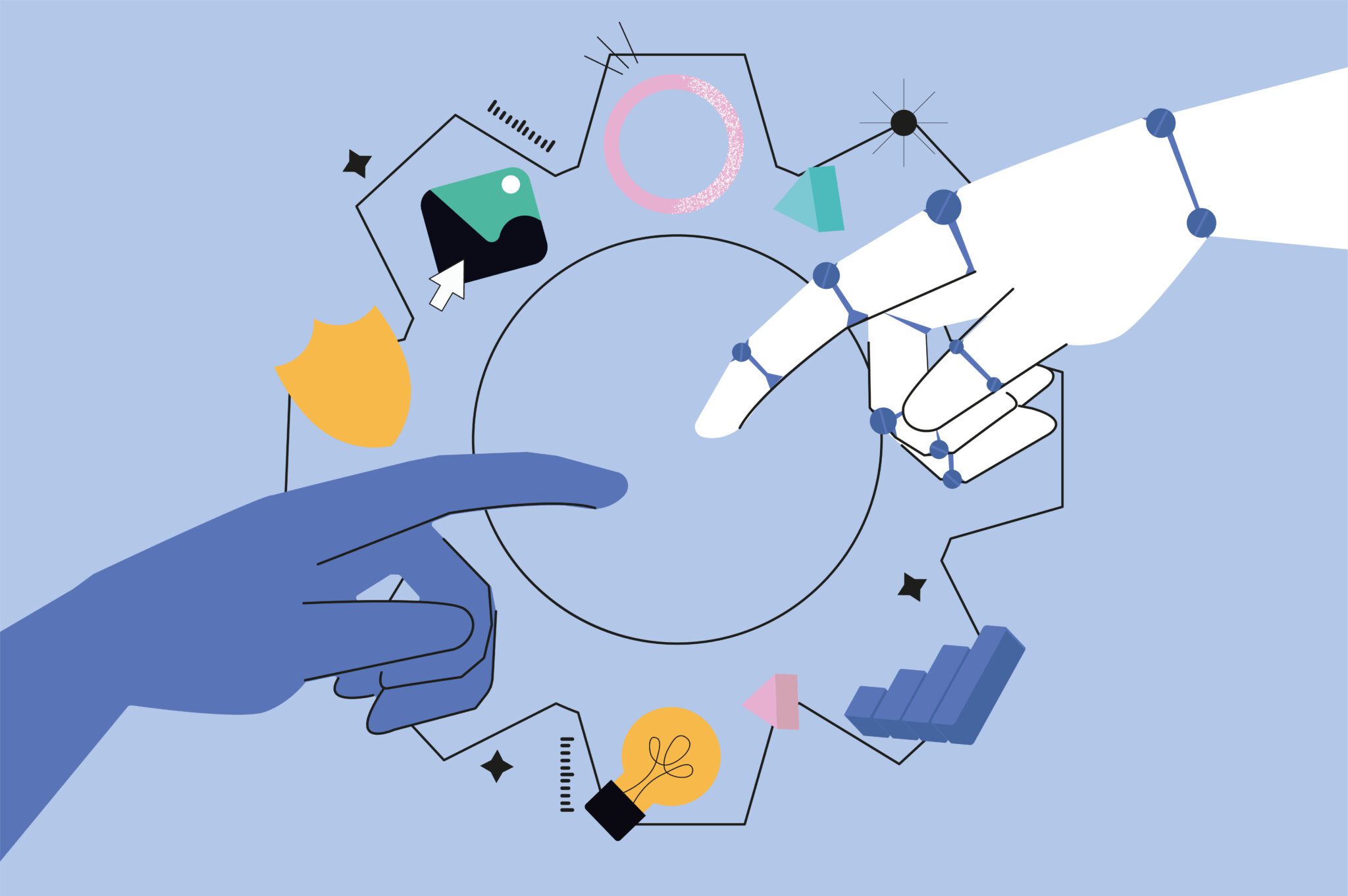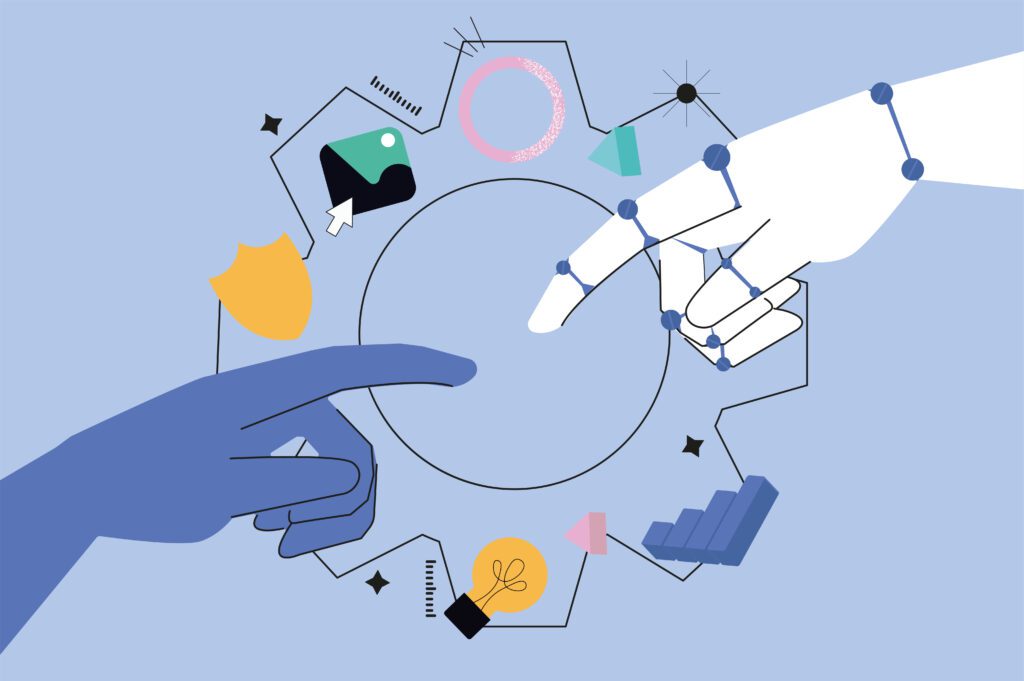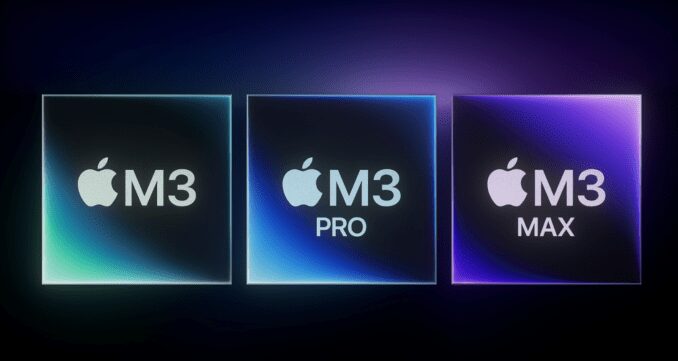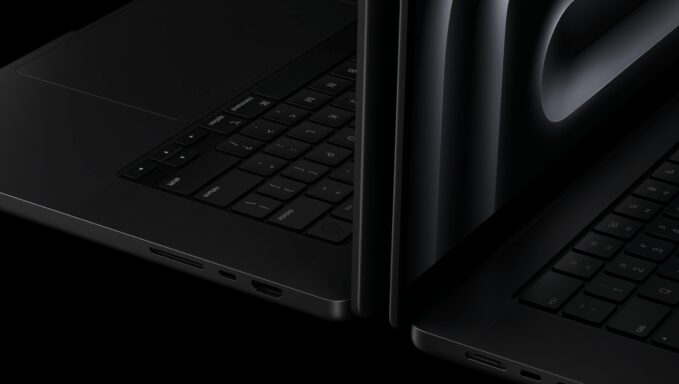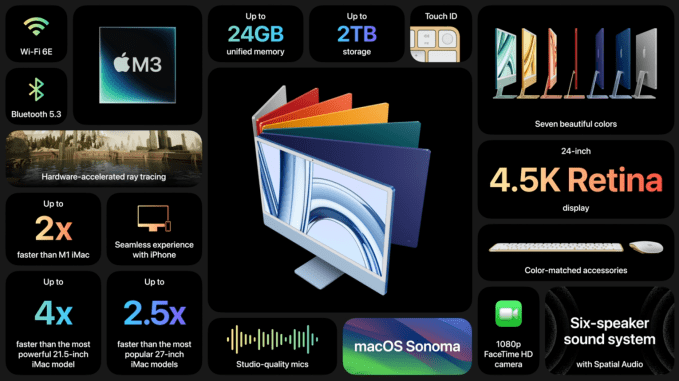Many small businesses still work well with an old-fashioned stand-alone cash register, but businesses that sell online or in multiple locations may benefit from a point-of-sale system with a touch-screen terminal instead.
If your business only needs to process payments and manage basic inventory, a traditional cash register from Sharp or SAM4 will do the job. But for sales reports, employee management, mobility and more, an industry-specific POS terminal may be worth the investment.
Here are the best cash registers for small businesses, including electronic registers and all-in-one POS hardware kits for retail and restaurants.
Square Register: Best overall
Cost: $799. Software free and up; payment processing 2.6% plus 10 cents for in-person payments.
-
-
-
Monday through Friday, 6 a.m. to 6 p.m. Pacific time support with free software; 24/7 support with paid plan.
-
Variety of hardware options, including a free card reader.
-
Less industry-specific than other systems.
-
Cash drawer not included.
Why we like it: The Square Register includes a built-in touch screen for you and a smaller, customer-facing touch screen. Purchase of this terminal comes with Square’s free software, which is NerdWallet’s pick as the best overall POS system. The software includes payment processing, as well as an array of features like sales tracking, tips, gift cards and online store capabilities.
Square’s plans for retail and restaurants — with both free and $60-per-month tiers — come with industry-specific features, including barcode printing, table tracking, product modifiers and more. Any of these plans can be used as the software with your Square Register.
For $1,439, you can get the Square register with all accessories included: a contactless and chip card reader, dock, cash drawer, receipt printer, kitchen printer and paper.
LightSpeed Hardware Kit: Best multi-location
Cost: Quote-based. Software $39 per month and up for restaurants and $69 per month and up for retail; payment processing 2.6% plus 10 cents for in-person payments.
-
-
Robust inventory management.
-
Integrations for accounting, marketing, payroll and more.
-
Free PCI compliance and fraud prevention.
-
IPad or desktop not included.
-
Higher cost for software and hardware.
-
Annual contracts required for lower pricing.
-
More expensive plans if you don’t use LightSpeed Payments.
Why we like it: LightSpeed offers an iPad or desktop hardware kit for both retail and restaurants. The kit comes with a receipt printer, cash drawer and scanner; iPads and desktops must be purchased separately. You can purchase add-ons like a label printer and card reader as well.
The company offers paid software plans for download on your device, which integrate with LightSpeed Payments for credit card processing. Features include advanced inventory, customer and employee management, e-commerce options and a variety of third-party integrations. The software is ideal for managing inventory across multiple locations; additional registers cost $29 per register per month.
Toast Starter Kit: Best food service
Cost: $799 for Toast Flex POS terminal, contactless card reader and router (no tablet required). Software free and up; payment processing quote-based.
-
-
Free plan available for restaurants with one or two POS terminals.
-
Online ordering and customer loyalty programs are included in some plans.
-
Offers 0% interest financing, subject to approval.
-
One- to three-year contracts.
-
Closing your account before your contract term ends can be expensive.
-
Cash drawer not included.
Why we like it: Toast is designed specifically for restaurants. All of its hardware options are made to withstand spills, grease and heat. The Starter Kit comes with the Toast Flex POS terminal, a tap-to-pay device and router, plus built-in software. You can add on additional hardware including a cash drawer, kitchen display screen and order printer.
This register bundle is available for purchase with a $69 per month software plan, though Toast offers a free plan that can be used with one or two terminals. Payment processing is also built-in and may come at lower rates with higher-priced plans. Delivery services can be added on to any plan.
Clover Station Duo: Best interface
Cost: $1,649, plus $39.95 per month for software. Payment processing 2.3% plus 10 cents for in-person payments.
-
-
Functional, versatile all-in-one hardware.
-
Cash drawer and receipt printer included.
-
Payment processing through Fiserv, not in-house.
-
Pricing can be vague and can require contacting a salesperson.
Why we like it: The Station Duo is Clover’s most powerful register. It can process payments, scan barcodes and print receipts like Clover’s Mini — but it also includes a second, customer-facing touch-screen display as well as a cash drawer and receipt printer. The terminal can be paid for monthly, or bought outright plus a monthly software subscription.
Clover’s hardware is known for its user-friendly features and aesthetically pleasing interface. Payment processing is built-in, and the software can be customized for restaurants, service or retail businesses. The Standard plan — which pairs with the Station Duo register — has features including inventory management, discounts and coupons, sales tracking, refund processing and more.
Sharp XE-A207: Best for bars and cafes
Cost: Varies by vendor; we found a range from $345 to $495. Additional costs for merchant account and credit card processing may apply.
-
Built to connect with a credit card reader and QuickBooks Pro.
-
Customer support Monday through Friday, 8 a.m. to 8 p.m. and Saturday through Sunday, 10 a.m. to 8 p.m. Eastern time with Sharp; varies if purchased from a different vendor.
-
-
No built-in credit card processing.
Why we like it: This model offers the basic features you need from a cash register: receipt printing, 2,500 price look-ups and 99 pre-programmed departments with product types. Its menu-based control system is easy to learn and use, and it’s built for use by up to 25 clerks. For more inventory and employee capabilities, you can upgrade to the XE-A407 for $350 to $545.
You can connect a credit card terminal directly to the machine, and insert an SD card to collect backups and sales data. The register can also connect to QuickBooks Pro for accounting. As with other traditional cash registers, you’ll need a separate merchant account to process credit card payments. According to the Sharp website, you can receive a free credit card terminal when you sign up for merchant services.
SAM4s ER-180u: Best low-cost portable
Cost: Varies by vendor; we found a range from $139 to $265.
-
All-in-one keyboard, cash drawer and receipt printer.
-
Lightweight and portable.
-
-
Does not integrate with a card reader.
-
Customer support varies by vendor.
Why we like it: This small, lightweight register is a good option for businesses on the go — though it’s still bulkier than a mobile POS app or card reader. The device has 16 keyboard departments and up to 500 price look-ups, with sales tracking for up to 10 employees. It has a small built-in cash drawer and can print receipts.
However, the device does not support an integrated card reader, so you’ll need to purchase and use an external reader to accept credit and debit cards. And like any other traditional cash register, you’ll need a separate merchant account to process credit card payments.
SAM4s ER-940: Best for hospitality
Cost: Varies by vendor; we found a range from $650 to $850.
-
High-volume menu item support.
-
Can integrate a card reader and other support devices.
-
Can’t track inventory at the ingredient level.
-
No built-in credit card processing.
-
Customer support varies by vendor.
Why we like it: This model works well for restaurants, with a spill-proof keyboard and up to 2,000 menu item price look-ups — 20,000 with an added SD card. You can export sales reports, print receipts, and track sales for up to 50 employees. The device also can run mix-and-match discounts and customize receipts.
There are ports to connect a credit card reader, kitchen printer or computer, though you’ll need an ethernet connection to accept card payments with a reader. Again, factor in the cost of a separate merchant account for credit card processing.
SAM4s ER-925: Best for retail
Cost: Varies by vendor; we found a range from $700 to $820.
-
Fairly advanced reporting.
-
Can integrate a card reader and other add-ons.
-
No built-in credit card processing.
-
Customer support varies by vendor.
-
May take some time to program and learn to use, according to reviews.
Why we like it: This register is essentially the retail version of the ER-940. It’s more advanced than the portable ER-180u, with up to 2,000 price look-ups and 50 employee logins. The device can also create stock, discount and void reports, as well as segmented sales reports.
Most importantly — unlike the ER-180u — you can connect an integrated card reader, plus add-ons like a barcode scanner and computer interface. Like other traditional cash registers, you’ll need an ethernet cable and a separate merchant account to be able to process credit card transactions.

 News4 days ago
News4 days ago
 News6 days ago
News6 days ago
 News4 days ago
News4 days ago
 News3 days ago
News3 days ago
 News4 days ago
News4 days ago
 News4 days ago
News4 days ago
 News4 days ago
News4 days ago



